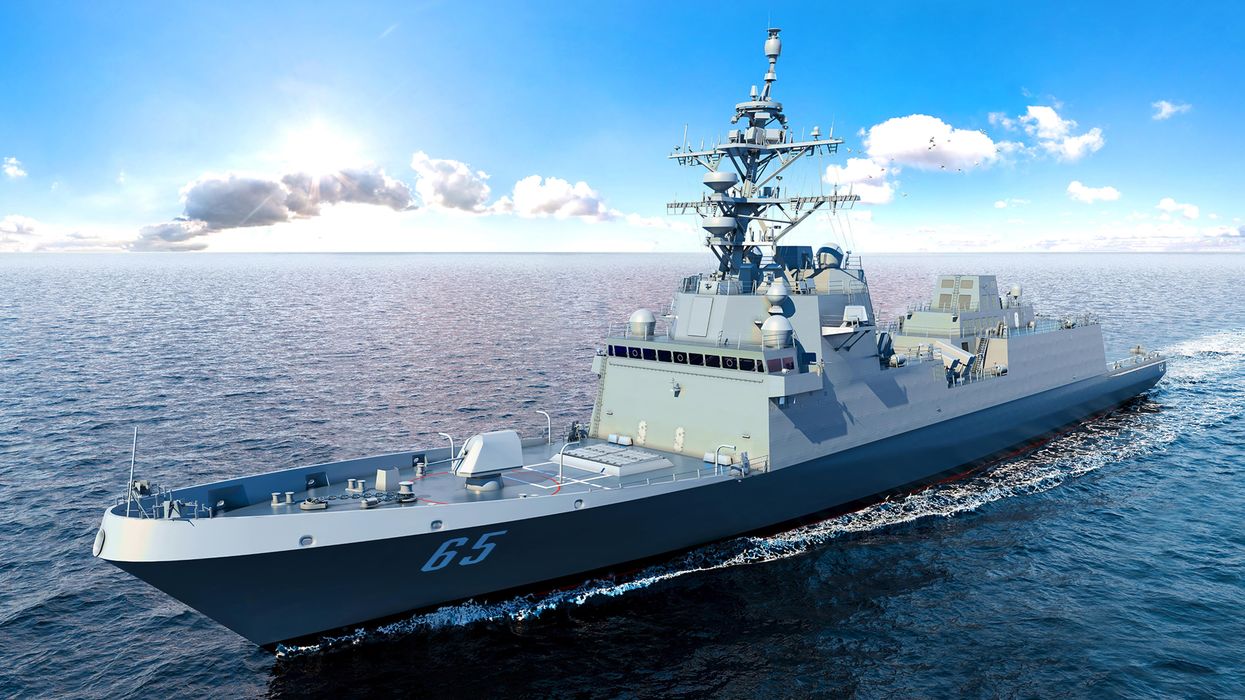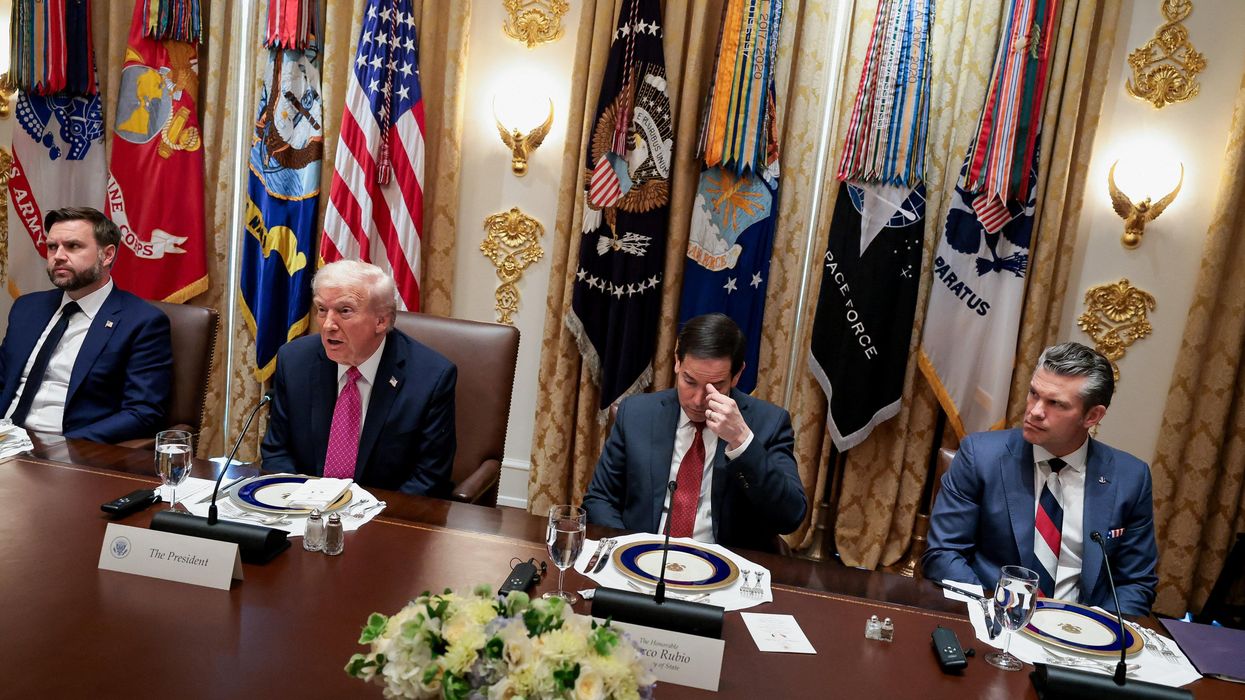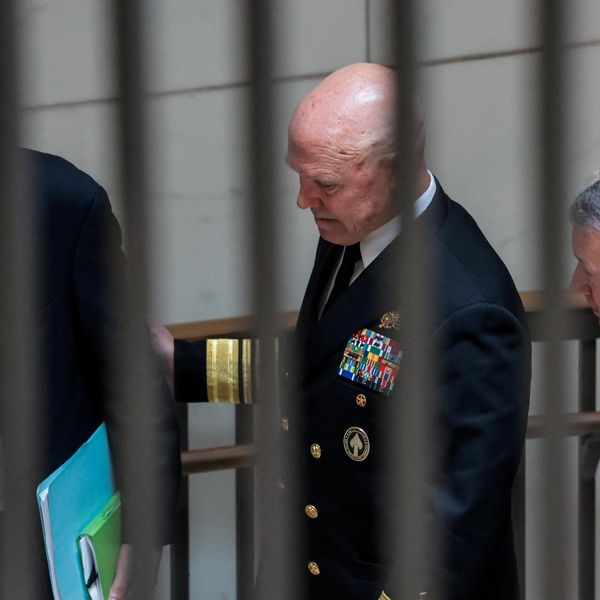Washington’s haphazard Middle East policies during the Trump administration have unnerved foreign policy experts from many sides of the ideological spectrum, from liberal interventionists, to progressives and restrainers.
From the restrainer perspective, the Quincy Institute’s new report on the Middle East calls on the United States to end its “misguided policy of domination” and “lead by example.”
Indeed, with Trump’s unpredictable foreign policy pronouncements and more recently COVID-19, the Middle East, like other regions around the world, is no longer the epicenter of American strategic planning.
A “broad and honest debate” of the United States’ position in the Middle East would be futile if Trump is re-elected. He has shown no interest in long-term, strategic thinking about the United States’ presence in the region. Nor has he engaged foreign policy scholars and experts on how to re-imagine America’s strategic relations with Middle Eastern countries, friend and foe alike, in the age of realigning American security priorities. But what would U.S. policy toward the Middle East look like in a potential Biden administration?
The interventionists argue that as a global superpower, the United States should continue to have a carefully calculated credible military presence and a large footprint in the region, which could deter potential regional and external intruders. They view military might or “hard power” as a more effective tool of influence than diplomacy and “soft power” engagement.
Restrainers and other non-interventionists maintain, by contrast, that Washington should adopt an “off-shore” balancing strategy that excludes the continued deployment of American military might and the ever present temptation to wage or be dragged into regional wars.
Diplomacy, economics, new regional alignments, and the country’s moral standing, key underpinnings of America’s traditional global leadership, are a more effective tactics than endless wars.
Advocates on both sides of this great debate agree that the Middle East has become less central to the United States’ global strategy, America’s actions in the region have been based on a large military footprint and driven primarily by Washington’s focus on counterterrorism and its preoccupation with Iran, and that American relations with the region in the past four years have been unpredictable, erratic, and rudderless.
At times, interventionists differentiate between necessary and unnecessary wars. Meanwhile, restrainers reject getting involved in situations that could lead to war and argue that Washington should draw down the American military presence and talk to all parties, including Iran. Washington should also engage in diplomatic efforts to end the Syrian and Yemeni wars and to help creates regional organizations across the Gulf and the Levant.
The Quincy Institute’s new report, “A New Paradigm for the Middle East: Ending America’s Misguided Policy of Domination” offers a clear, sustainable, and well-articulated strategy for disengaging American military presence from the region and replacing it with robust diplomatic engagement using regional states as key players. While it’s fair to ask why we should continue engaging the region, the absence of nationally accepted strategic blueprint based on diplomacy could lead to local military conflicts, which could drag Washington back into that part of the world. This foreign policy debate applies to many cases, including Israel/Palestine, Saudi Arabia and Iran, Jordan, Lebanon, Syria, Iraq, and Yemen. Let’s examine just one case.
Israel/Palestine
For decades, the international community, with American leadership, has supported a two-state approach to the conflict based on United Nations Security Council Resolutions 242 (1967) and 338 (1973).
The 1993 Oslo Accords came the closest to achieving the two-state vision. The Palestinian Authority in Ramallah, primarily dominated by Israel, emerged as an interim substitute for a Palestinian state, which was not what the U.N. Security Council resolutions had envisioned.
The United States spent billions of dollars in military, technological, and economic aid, primarily to Israel and Egypt, and secondarily to Jordan, Lebanon, and the PA for the sole purpose of keeping the so-called peace process alive. Now that the two-state paradigm has all but vanished and with Israeli Prime Minister Benjamin Netanyahu’s West Bank annexation plan looming, Washington has nothing to show for the hundreds of billions of dollars spent on this issue. In fact, Trump’s so-called peace plan has undercut the two-state solution and empowered Netanyahu to annex more Palestinian territory.
The preponderance of American power and the threat to use it, according to interventionists, have prevented Israeli-Palestinian and other regional wars from breaking out. However, they disingenuously gloss over the fact that a series of Israeli-Lebanese and Israeli-Palestinian wars occurred during the “peace process” for decades. Despite the massive aid, Israeli politics is in a state of paralysis, the PA is on the verge of collapse, Jordan’s monarchy is precarious, and Lebanon is in political and economic disarray.
Restrainers, on the other hand, maintain that the interventionist approach has failed because the United States got involved in several regional wars, directly and indirectly, which could be traced to the Israeli-Palestinian conflict. Not only did interventionists fail to produce a two-state solution, they tolerated and even encouraged the continued huge sales of American weaponry to the region worth billions of dollars. It’s time to jettison interventionism and domination in favor of a more enduring collaborative diplomatic engagement not driven by enmity toward Iran or counterterrorism.
Reducing the military footprint does not equate with abandonment of the region or of American interests and security. U.S. diplomacy and soft power can play an effective role in directing the two peoples toward reconciliation and co-existence. Because of American technological support over the decades, Israel now is militarily capable to defend itself against any potential regional adversary and there no longer needs to be a sizable American military presence in the Eastern Mediterranean.
Perhaps under the new paradigm, Israelis and Palestinians would begin a serious search for modalities of living together justly and equitably in a federative arrangement on the whole of Palestine. Unless the two peoples agree on such modalities, no outside power, including the United States, can force them to do so. Restrainers correctly point out that U.S. military involvement over the decades failed to solve major regional problems, including the Israeli-Palestinian conflict.
The Way Forward
The incoming Biden administration would need a non-interventionist grand strategy to help it situate America and the Middle East in a proper context for the next four years. Drawing on the Quincy Institute’s “New Paradigm,” several elements will underpin the proposed U.S. Middle East policy:
— A renewed commitment to human rights
— Arab-Iranian rapprochement
— Israeli-Palestinian coexistence in Mandatory Palestine
—Suspension of offensive military aid or massive arms sales to regional states, especially those currently engaged in cross-border conflicts
—Jingoism, chauvinism, rabid nationalism, and tyranny should be rejected in favor of democratic governance.
Most peoples in the region will welcome this non-bellicose paradigm, although most autocrats will balk. European and NATO countries will happily welcome a renewed partnership with the United States under a post-Trump administration. Collaboration on both sides of the Atlantic will help the Middle East transition to a new environment of consistency, certainty, security, and self-reliance.
















